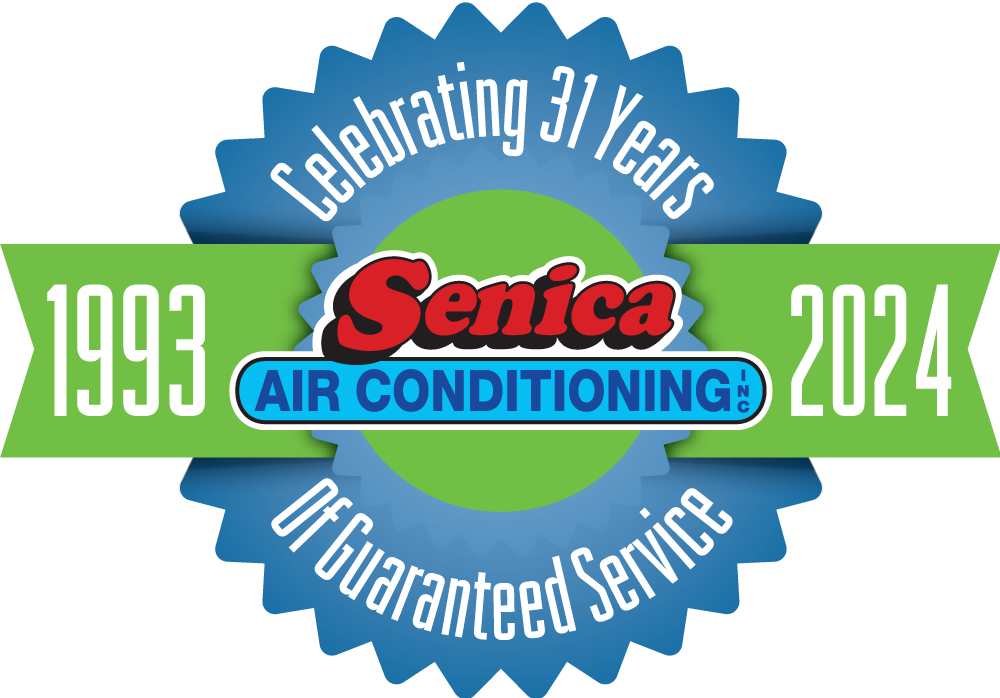National energy policy is a hot topic these days, and home heating and cooling occupies an understandable spot in the limelight: of all the energy used by residential buildings, about half of it goes to heating and cooling. Because of this, the Department of Energy pays a good deal of attention to HVAC efficiency standards – but raising the standards isn’t as simple as it sounds.
You may know that current standards require all furnaces on the market to meet a minimum efficiency level of 80 percent, meaning that of the energy which is put into the system in the form of natural gas, oil or electricity, 80 parts per 100 must be converted into heat that warms your home. (The rest may be lost as waste heat in furnace exhaust.) The complication lies in the fact that the 80 percent minimum is the maximum efficiency a standard furnace can reach. To take the leap into the 90-98 percent range, the technology has to change. These super efficient furnaces are condensing furnaces, which carry a higher installation cost and additional requirements on their HVAC infrastructure.
In considering whether to raise HVAC efficiency standards, the DOE seeks to reflect the highest efficiency which meets two standards. It must be:
- Technologically feasible (which excludes 99-100 percent efficient furnace models, as no one has yet designed a furnace that heats with greater than 98 percent efficiency)
- Economically justified
The “economically justified” condition has caused the DOE to consider separate regional standards. After all, a furnace which is economically viable in southern California might be woefully unsuited to use in upstate New York. This change would have gone into effect in 2013, requiring furnaces in colder climates to meet or exceed a 90 percent efficiency rating, but one other economic problem kept it off the books: the additional infrastructure requirements of condensing furnaces makes the leap from 80 to 90 percent efficiency a costly one.
As of this writing, it’s still unclear what rulings will be made in the coming year. But we at Senica Air Conditioning, Inc., Inc. will bring you the news.



